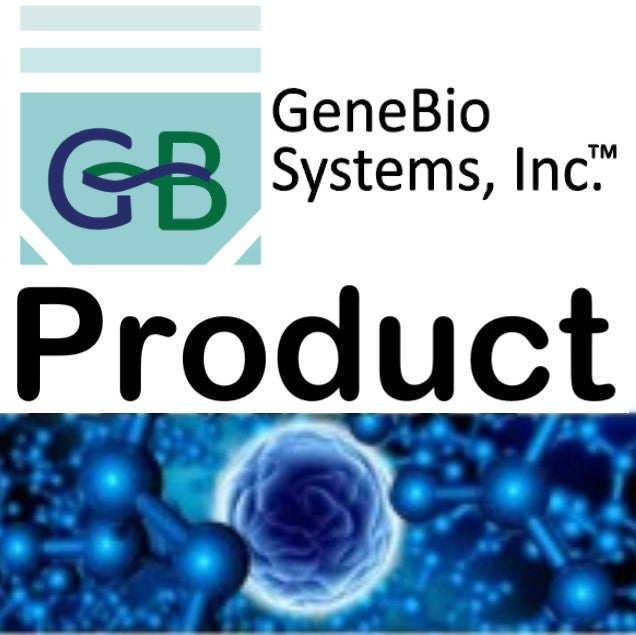Gene Bio Systems
Recombinant Human Glutaminyl-peptide cyclotransferase(QPCT)
Recombinant Human Glutaminyl-peptide cyclotransferase(QPCT)
SKU:CSB-EP019135HU
Couldn't load pickup availability
Size: 200ug. Other sizes are also available. Please Inquire.
In Stock: Yes
Lead time: 3-7 working days
Research Topic: Neuroscience
Uniprot ID: Q16769
Gene Names: QPCT
Organism: Homo sapiens (Human)
AA Sequence: VSPSASAWPEEKNYHQPAILNSSALRQIAEGTSISEMWQNDLQPLLIERYPGSPGSYAARQHIMQRIQRLQADWVLEIDTFLSQTPYGYRSFSNIISTLNPTAKRHLVLACHYDSKYFSHWNNRVFVGATDSAVPCAMMLELARALDKKLLSLKTVSDSKPDLSLQLIFFDGEEAFLHWSPQDSLYGSRHLAAKMASTPHPPGARGTSQLHGMDLLVLLDLIGAPNPTFPNFFPNSARWFERLQAIEHELHELGLLKDHSLEGRYFQNYSYGGVIQDDHIPFLRRGVPVLHLIPSPFPEVWHTMDDNEENLDESTIDNLNKILQVFVLEYLHL
Expression Region: 29-361aa
Sequence Info: Full Length
Source: E.coli
Tag Info: N-terminal 6xHis-SUMO-tagged
MW: 53.9 kDa
Alternative Name(s): Glutaminyl cyclase ;QC ;sQCGlutaminyl-tRNA cyclotransferaseGlutamyl cyclase ;EC
Relevance: Responsible for the biosynthesis of pyroglutamyl peptides. Has a bias against acidic and tryptophan residues adjacent to the N-terminal glutaminyl residue and a lack of importance of chain length after the second residue. Also catalyzes N-terminal pyroglutamate formation. In vitro, catalyzes pyroglutamate formation of N-terminally truncated form of APP amyloid-beta peptides [Glu-3]-beta-amyloid. May be involved in the N-terminal pyroglutamate formation of several amyloid-related plaque-forming peptides.
Reference: Structures of human Golgi-resident glutaminyl cyclase and its complexes with inhibitors reveal a large loop movement upon inhibitor binding.Huang K.F., Liaw S.S., Huang W.L., Chia C.Y., Lo Y.C., Chen Y.L., Wang A.H.J. Biol. Chem. 286:12439-12449(2011)
Purity: Greater than 90% as determined by SDS-PAGE.
Storage Buffer: Tris-based buffer,50% glycerol
Storage: The shelf life is related to many factors, storage state, buffer ingredients, storage temperature and the stability of the protein itself. Generally, the shelf life of liquid form is 6 months at -20℃/-80℃. The shelf life of lyophilized form is 12 months at -20℃/-80℃.
Notes: Repeated freezing and thawing is not recommended. Store working aliquots at 4℃ for up to one week.


